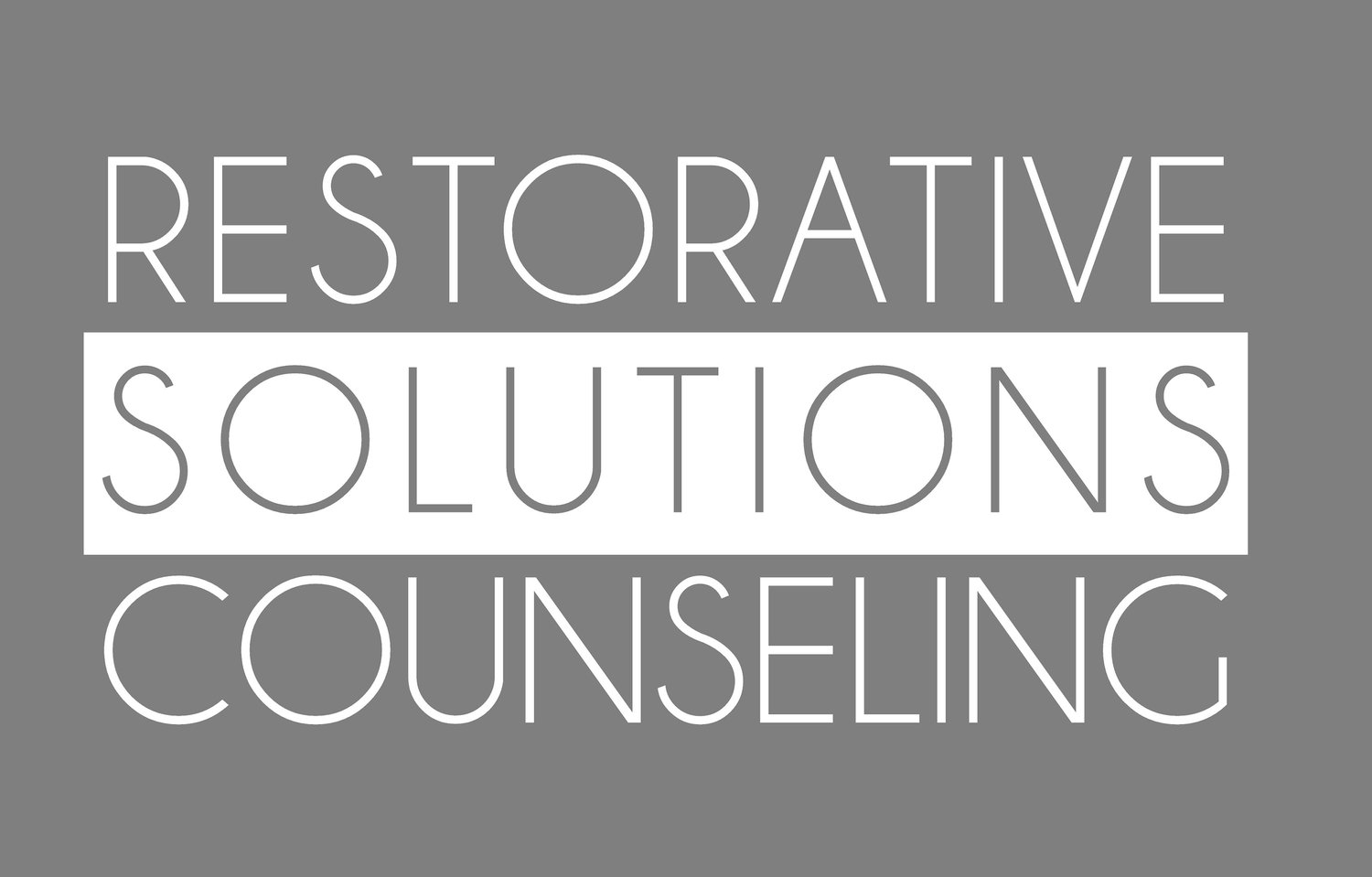I’ve decided to write about an especially serious topic today. In 2020, almost 46,000 died by suicide in the United States. That same year, approximately 1.2 million people attempted suicide, 3.2 million had a plan, and 12.2 million gave serious thought to suicide. These are the most recent statistics from the CDC*, and yes, we do have to take into consideration that 2020, the year that Covid started and the world shut down, was a very different kind of year. According to a report from 2019** the number of suicides totaled approximately 47,500, so we could definitely argue that the numbers from 2020 are not artificially high. In fact, it looks like they actually dropped that year. The only good news from these grim numbers is that suicides started to decline in 2018, 2019, and 2020.
The CDC* lists multiple risk factors in different categories, such as individual, relationship, community, and societal risks. For the sake of space, we will concentrate on the individual and relationship risks:
A personal or family history of suicide attempts, depression, and other mental illnesses
Major illness or chronic pain
Legal, financial, or employment problems
Impulsivity and aggression
Trauma history or a victim of violence
Substance use problems
A sense of hopelessness
Loss of relationships or social isolation
This is not to say that anyone who has a risk factor is at risk of committing suicide. Risk factors and warning signs are not the same thing, but the risk factors show us traits that are statistically linked to suicide. Typically, people who are struggling with suicidal thoughts will be experiencing multiple problems with a sense of overwhelm. The warning signs* that we should be especially watchful of include:
People who say that they feel like a burden, are experiencing overwhelming anxiety, or pain
Becoming increasingly isolated
Increased substance use
Major changes in sleep, either too much or too little
Mood swings, expressed hopelessness, or extreme anger (which can mask feelings of sadness, hurt, or fear)
Expressing a desire to die, looking for deadly means to die, or making a suicide plan
There are also protective factors that reduce the risk, and frankly, that keep people alive. 20+ years ago I was at Northern Illinois University, and one of my favorite professors, Dr. Peter Gutierrez was completing research on his “Reasons To Live Inventory”. The idea being that there are things that can serve to protect people from wanting to follow through with suicidal thoughts. The CDC lists these* as:
Good coping or problem solving skills
Having personal reasons for living–something that makes them want to stick around when things become hard.
A strong sense of cultural identity, support from friends and loved ones, and a sense of connection
If you or someone you love is experiencing thoughts of suicide, these thoughts should always be taken seriously. Never assume that this is attention seeking behavior. More likely these thoughts and behaviors are ways of crying out for connection, not attention. In fact, loss of connections are warning signs of suicide, and strong connections are protective factors against suicide. When people are feeling hopeless, what they need more than anything is to be loved and reassured that they aren’t alone. 988 is a new number to call for people who are or know someone who is suffering a mental health emergency or experiencing suicidal thoughts. 911 remains a perfectly acceptable number to call, and it is actually the most appropriate to call in case of a life-threatening situation, or if someone is at immediate risk.
Know that there is always help out there, through counseling, a crisis line, or through friends and family. Often suicidal thoughts coincides with chemical imbalances in the body and brain, which can be treated with medication and/or counseling. While we’re talking about medication, never stop a psychotropic medication (like antidepressants, for example) without making a plan with your doctor because a sudden stop can lead to an emotional crash. Crashing down after using these medications leads to all kinds of negative outcomes. We often underestimate the good that we bring into the lives of our loved ones. My job allows me to witness people coming out from some very dark places, so I know that it does happen, and these deep-dark times don’t last (even when people are convinced that the feelings will never go away). Please remember that help is out there.
